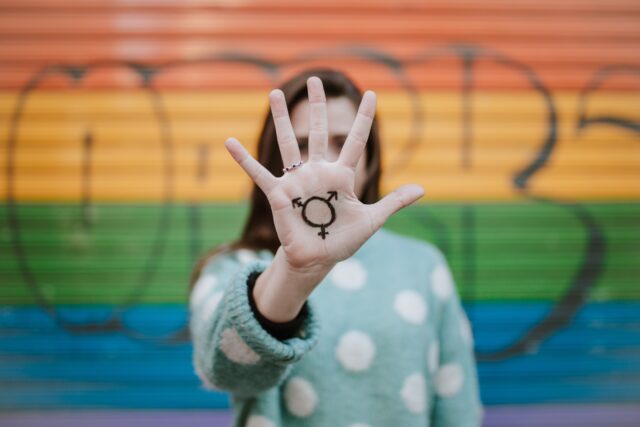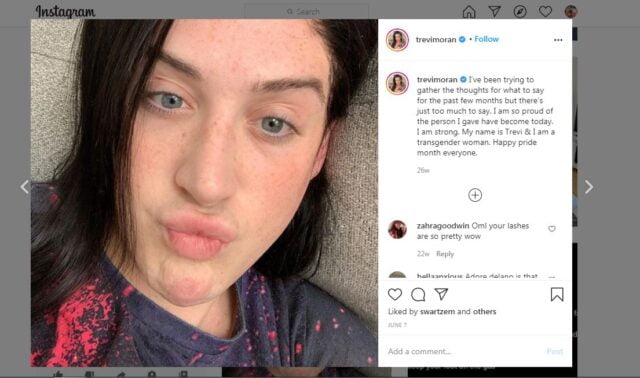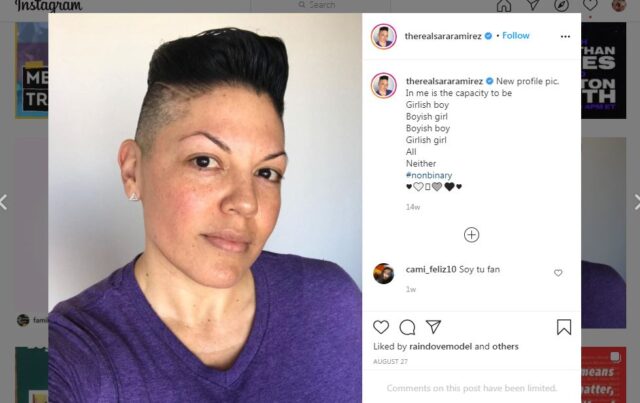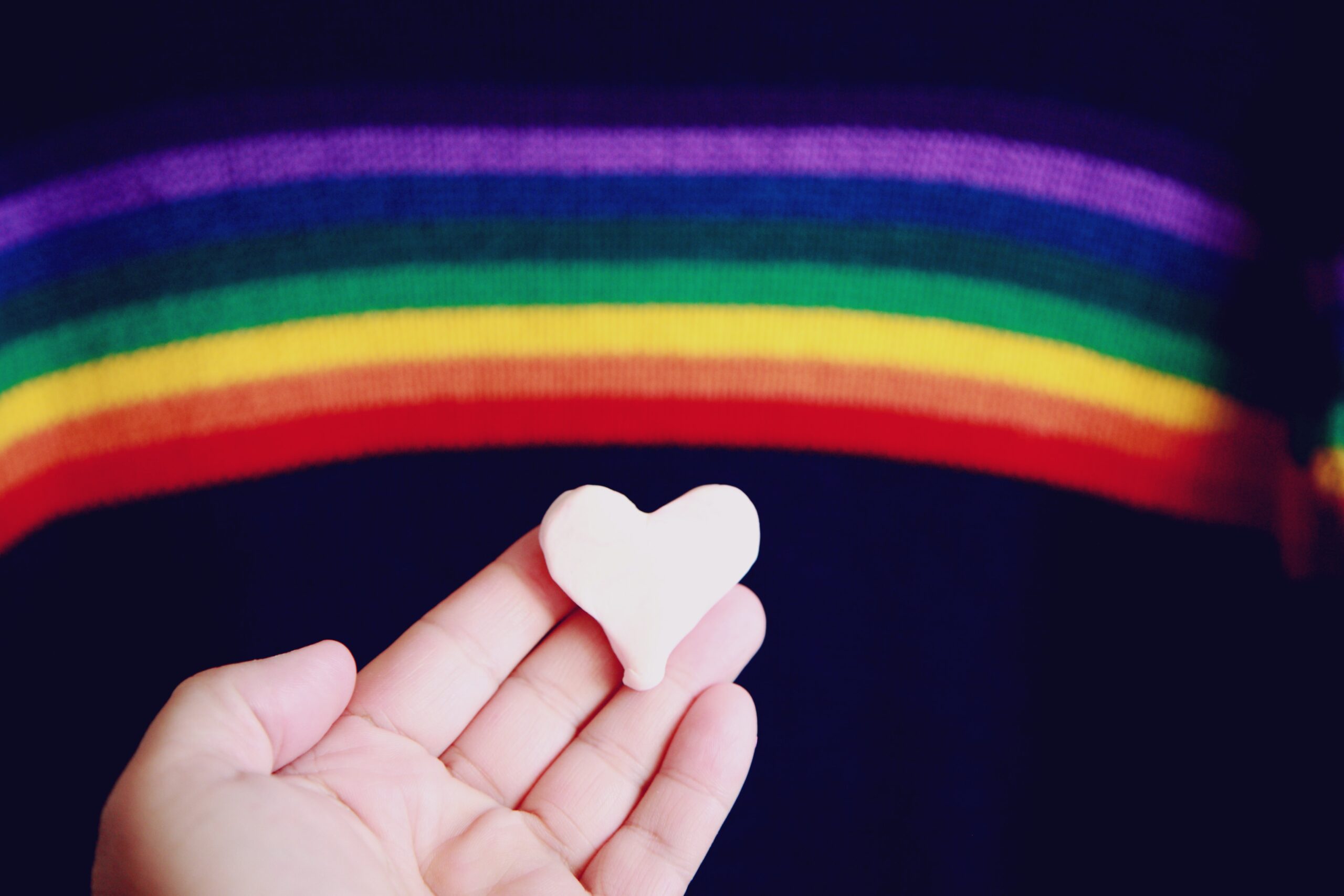If you use social media then you might have stumbled across ‘bios’ that have ‘they/them’ mentioned beneath the profile. So, what does this mean?
Well, to put it in simple words, bio usually consists of general information via which people can draw up a visual image of the person. However, among gender nonconforming people (who don’t conform to their gender), it also consists of ‘preferred pronouns’.

Including your pronouns in the bio is a great way to avoid being misgendered by someone who doesn’t know you personally on the social platforms. However, with more and more people starting to do this both within and outside the LGBTQ+ community, it has resulted in mixed understanding.
Gender Identity And Pronouns
Gender identity is a rather broad term and it doesn’t mean the biological gender assigned to you at birth. Instead, it refers to you as ‘who you are’ as an individual psychologically, socially and emotionally.
Using pronouns in signatures and social media bios reflect the same and convey the message of inclusivity to others. Use of such pronouns helps to generalise any discussion on the same, especially for trans and non-binary communities.
Read more: Tinder To Inform LGBTQ+ People If They Are In Dangerous Areas Through This New Feature

Transgender refers to those people who are not comfortable and do not identify themselves with the gender assigned to them at birth whereas non-binary refers to those people whose gender identity is not limited to just ‘male’ or ‘female’.
And understanding the fact that pronouns extend beyond the options of ‘she’, ‘he’, ‘him’, ‘her’ and ‘hers’ helps to create a safe sanctuary for people outside the gender binary for it gives them a sense of validation and respect.
Importance Of Preferred Pronouns
We have always been taught to assume pronouns for anyone, based on their appearance and the way we perceive them. While referring anyone with pronouns in default mode may not have ill intent behind it, it might sound oppressive and disrespectful.
After all, mispronouncing someone can make the other person feel disrespected, invalidated and dysphoric.
Pronouns are connected to gender identity and expression, and such pronouns are a way for people to connect with the world as their ‘self’ which is the reason why it’s so personal. Hence, it’s important to take note of the pronoun other person prefers and identifies with.
How Can You Help?
Simple. If you are unsure of the other person’s pronoun, make sure you ask them instead of limiting yourself to ‘he/him’ or ‘she/her’. And, in case you accidentally use the wrong pronoun, don’t panic and make a big deal out of it by apologizing over and over again.
Instead, apologize quickly and sincerely, then move forward. Because trying to explain it would only make it more awkward for the other person.
Trans and non-binary people are often misgendered and countless time at that. They already suffer from homelessness and are at risk of violence at all times. Being misgendered might be the last thing they need.




Being misgendered more than often can lead to depression, anxiety and suicidal ideations. It can be very difficult for a person being misgendered over and over again as it invalidates their identity.
Hence, taking the time to understand and practice someone’s pronouns (if need be) and encouraging others to do so can make a huge difference in a trans or non-binary person’s day.
Images Credits: Google Images, Instagram
Sources: Insider, Seventeen, Medium
Find the blogger: @sejalsejals38
This post is tagged under: LGBTQ+, LGBTQ+ Community, pronouns, they/them, Elliot Page, Sara Ramirez, Trevi Moran, Rebecca Quinn, Transgender, Trans, Binary, Non-binary, Gender identity, What are Preferred pronouns, Gender identity and expression, Pride, social media, bios
































Only comforting thought I can think of with these younger generations is at least suicide rates keep going up.
No one’s sense of self should be contingent on the validation of others.